Here’s a piece of hot news straight from the oven. The new version of the Blackmagic 12K Cinema Camera which is the URSA Mini Pro 12K OLPF has just been approved by Netflix. Read the URSA 12K’s Netflix Production Guide below.
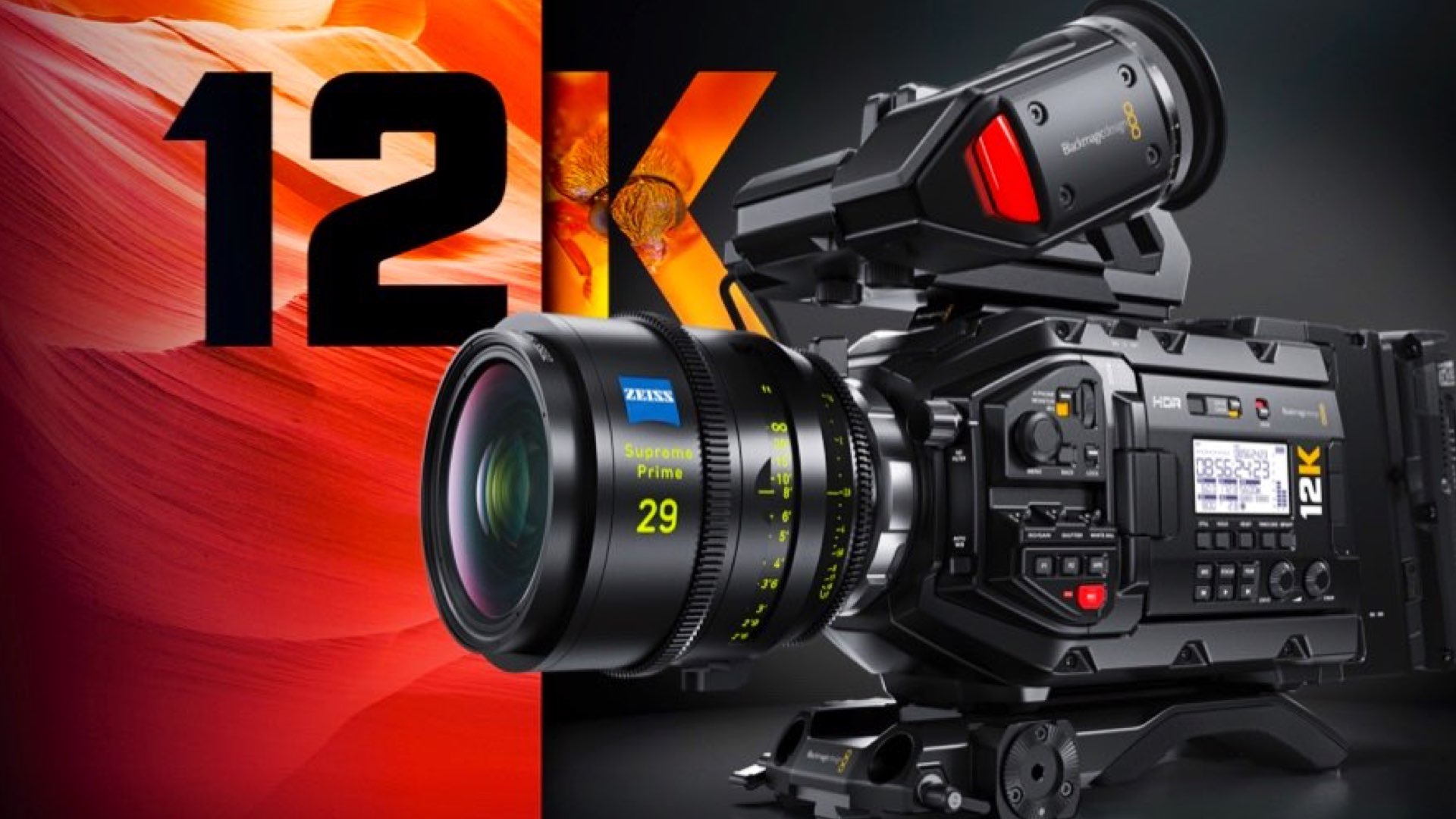
URSA Mini Pro 12K OLPF is Netflix Approved
For some time, Netflix has rejected the URSA Mini Pro 12K to be included on its 4K Original camera list, as stated by Netflix before: “We are working with Blackmagic Design to address the known issues affecting its status as a Netflix approved camera”. However, the problem is solved, as the newly announced URSA Mini Pro 12K OLPF has just been approved by Netflix. The main difference here is the addition of an OLPF (Optical Low Pass Filter). As explained by Blackmagic: “ When shooting in virtual production environments, the high frequencies of the LED matrix in video walls can cause problems for ultra-sharp modern lenses and high-resolution sensors, creating interference patterns. Using an optical low pass filter minimizes that interference, which results in a reduction of moire and aliasing. URSA Mini Pro 12K OLPF adds a high-performance, optical low-pass filter that is precisely matched to the 12K sensor. The OLPF also incorporates updated IR filtering that improves far red color response which, when combined with Blackmagic RAW processing for the URSA Mini Pro 12K OLPF, preserves color and critical image detail for new levels of image fidelity”. We don’t know for sure if that’s the reason the new version of the 12K got the Netflix stamp, but it’s not that matter. Now Blackmagic dominates resolution in the Netflix-approved camera list.

Blackmagic URSA Mini PRO 12K OLPF: Netflix Camera Production Guide
Explore the slides below which define the URSA Mini PRO 12K OLPF – Netflix Camera Production Guide. Click on the image for a full-resolution view.
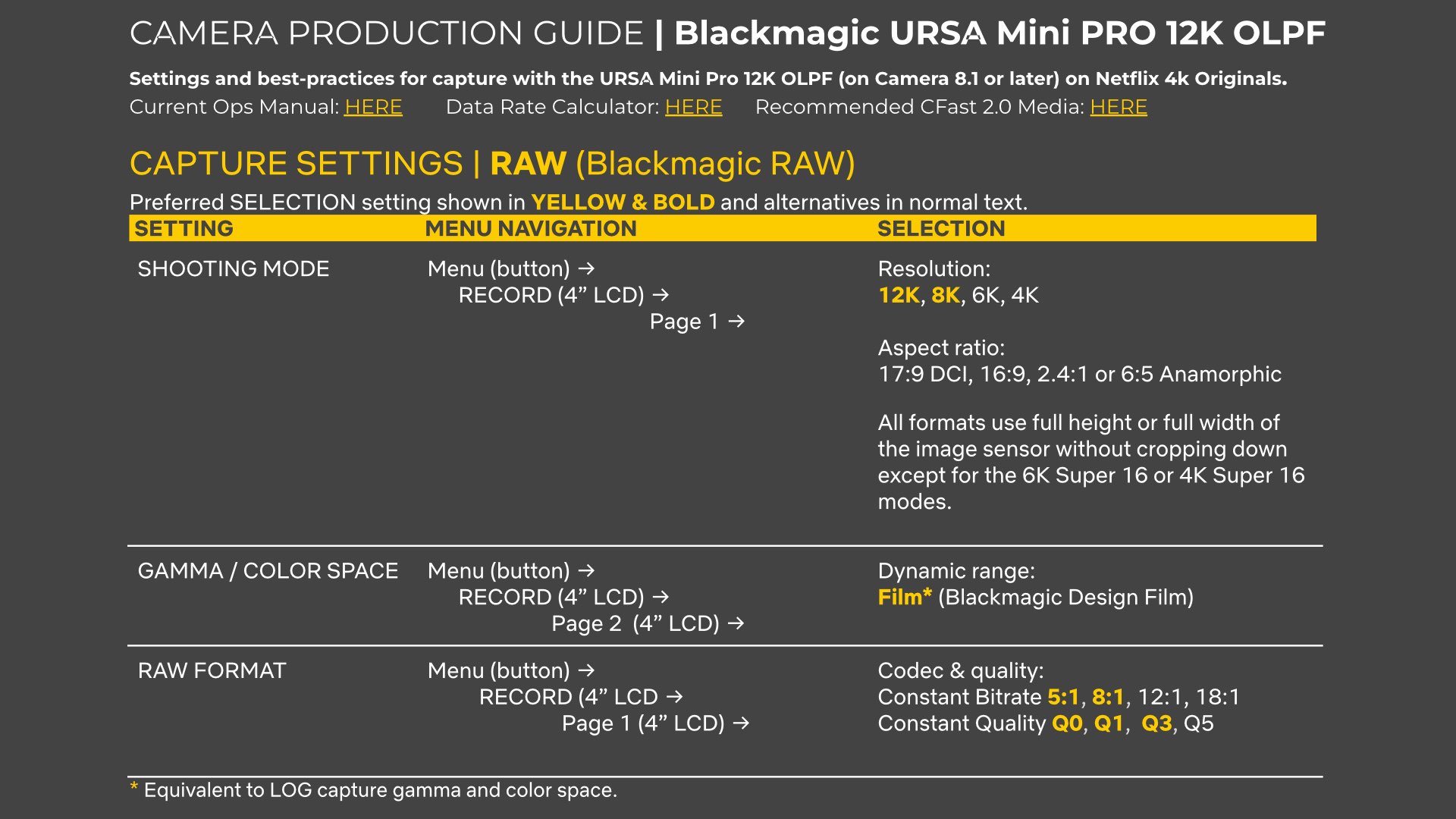

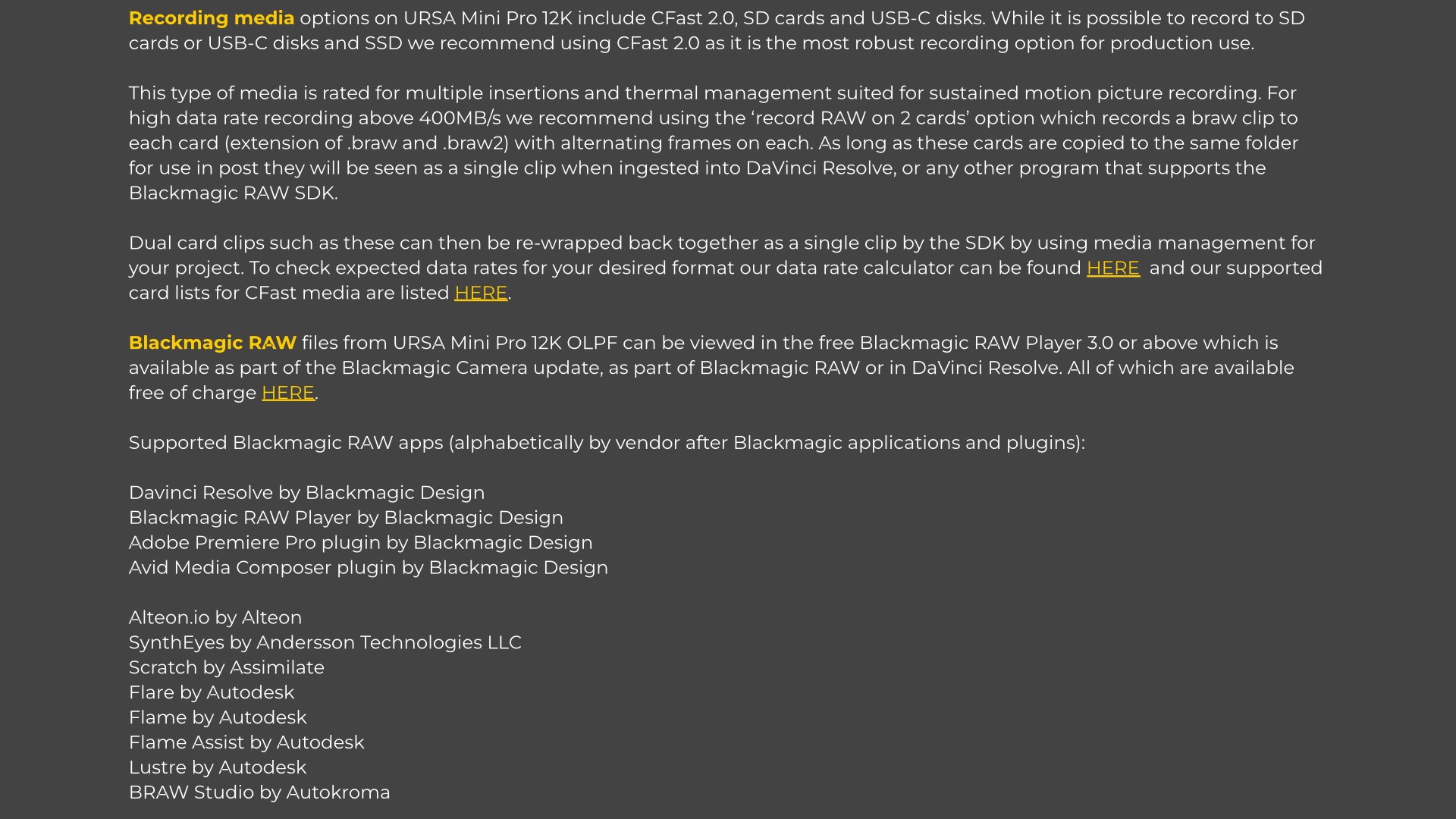
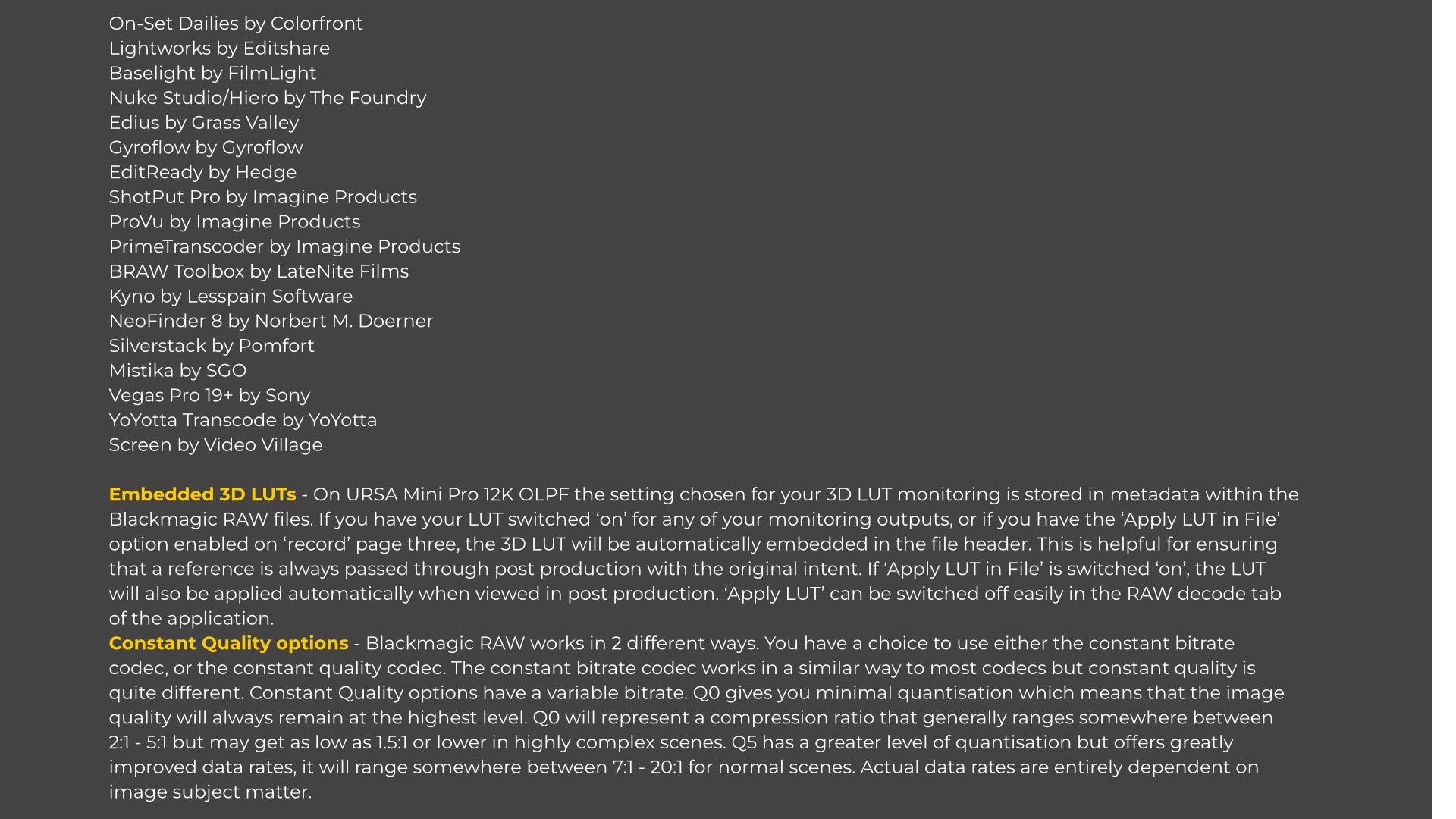
Sum it up
Although non of the Cinema Pocket cameras got the Netflix stamp, All the URSAs achieved it. As explained, the Blackmagic URSA Mini Pro 12K OLPF is the only camera in the Netflix Approved list that exceeds 8K resolution. BTW, it’s interesting how a small add-on can transfer a camera from non-Netflix into a ‘club member’. Let’s hope the Pocket will join too.
Product List
Here’re the products mentioned in the article, and the links to purchase them from authorized dealers.
- Blackmagic Design URSA Mini Pro 12K Camera

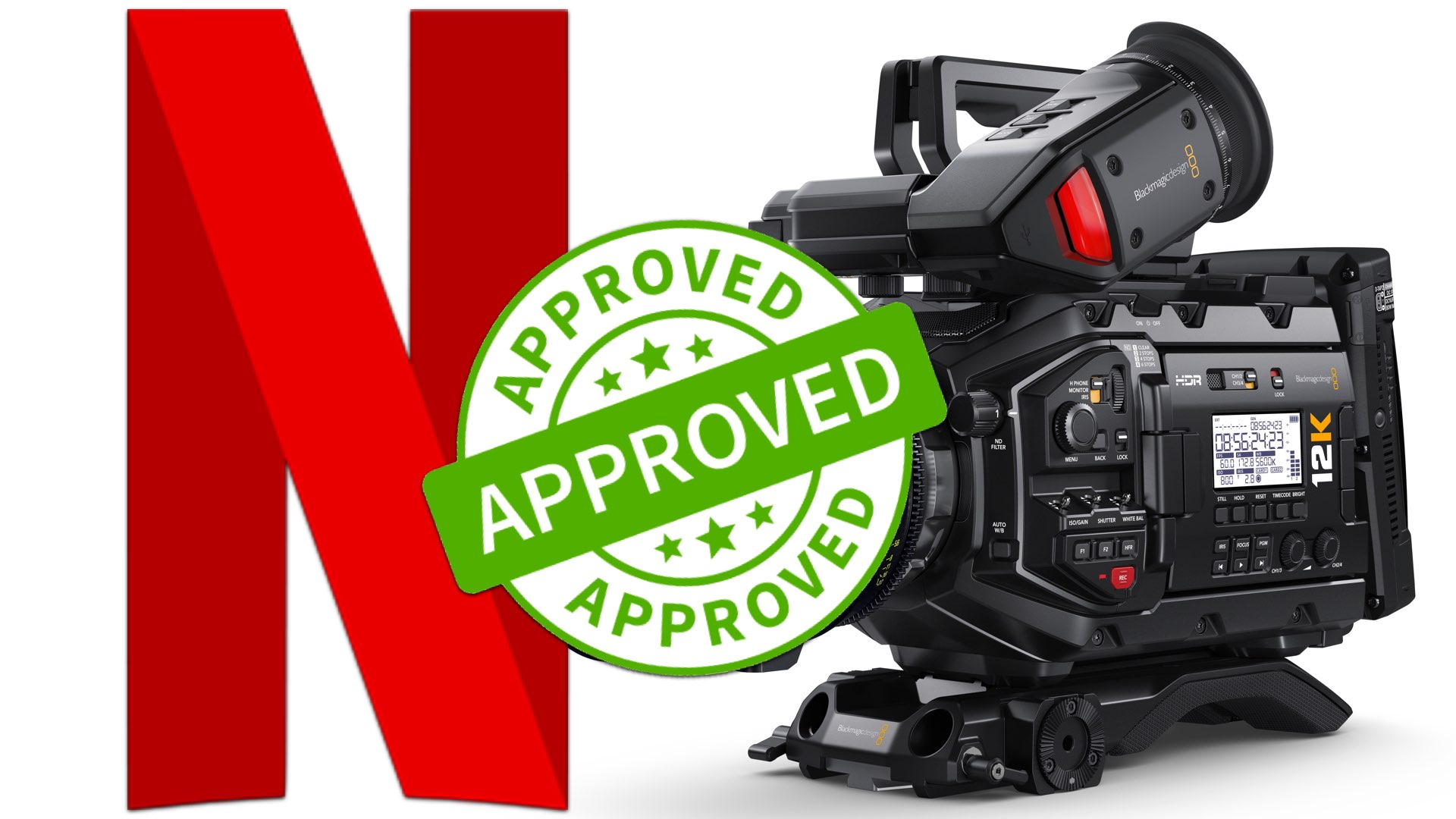

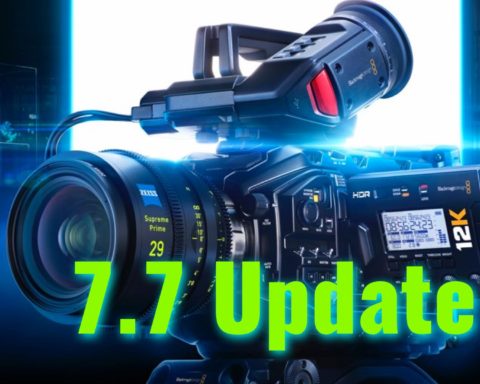
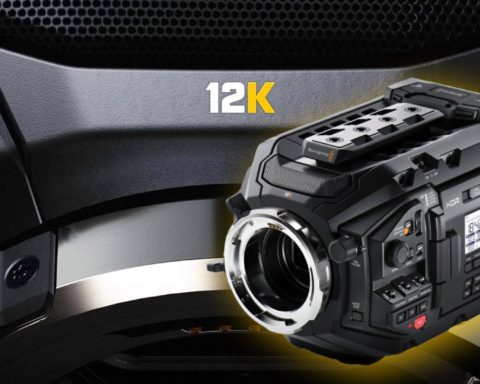
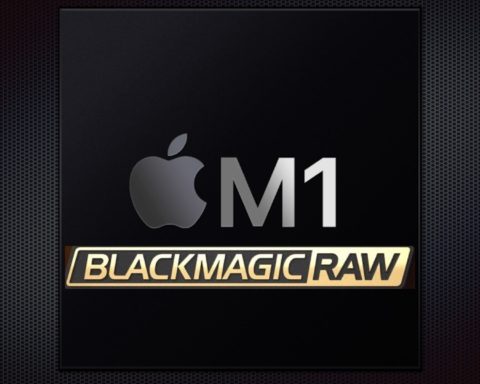
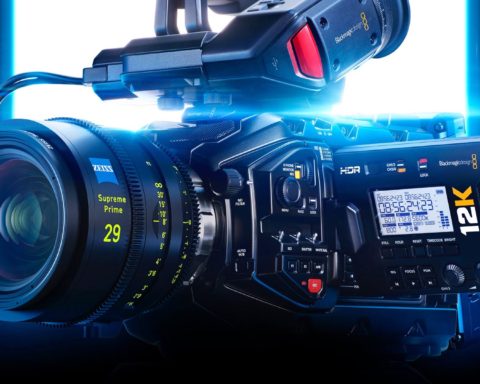



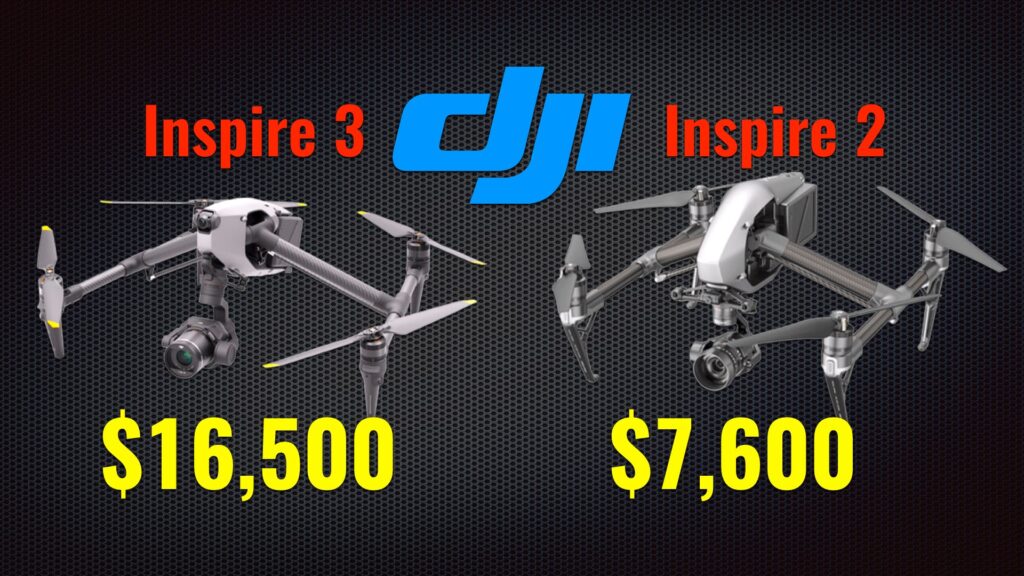

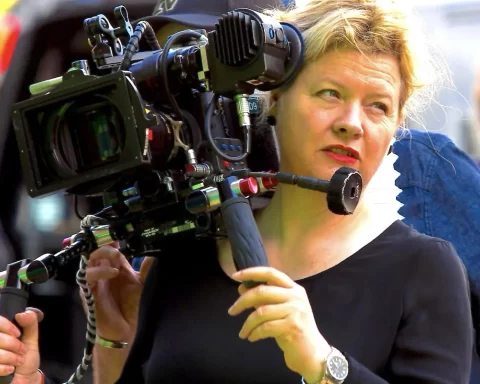
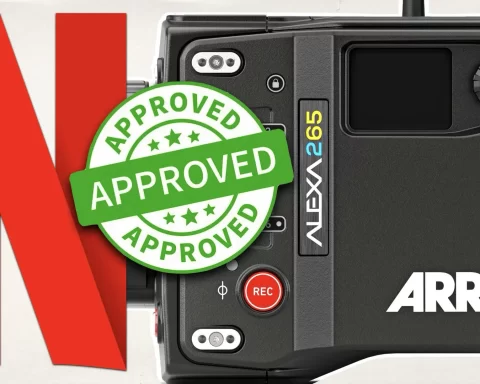


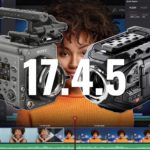

Does it seem counterproductive to choose a camera with 2 micron pixels, likely limiting the dynamic range, and then intentionally adding a filter to blur the picture so the image doesn’t look like a moiré-filled local news report or cable access production? When you consider the whole system of lens resolving power, and the subject’s detail frequency, why not start with a sensor with its pixel size in the 5 to 6 micron range and avoid the light loss of an extra filter entirely?
“The sensor is not a traditional Bayer pattern CMOS sensor that we see in almost every camera. This is an RGB CMOS proprietary sensor design that features equal numbers of red, green, and blue pixels. As it features equal amounts of red, green, and blue pixels it is symmetrical and this is what allows you to choose various resolutions all while maintaining the full S35 frame size. The result of this is there is no cropping as you change resolution. Whether you choose to shoot in 12K, 8K, or 4K, you will get the same field of view.
In theory, by having an equal amount of red, green, and blue pixels you should be able to get better color accuracy and better results when shooting in mixed lighting conditions. This is exactly the case with the Sony F35 and Panavision Genesis (although they use a stripped RGB sensor and not an RGB CMOS sensor).
As far as I know, this was the first commercially available RGB CMOS sensor that was capable of 4K and greater resolutions.
What is important to note, is that the sensor had been in the works for more than 3 years before the original URSA Mini Pro 12K was announced in 2020. BRAW was developed specifically with this sensor in mind. The only reason it can do what it can is because of what Blackmagic is doing with BRAW. The two go hand in hand. They rely on each other for everything to work. There are no ProRes recording options in the URSA Mini Pro 12K, you can only record BRAW. There is a reason for this. The no cropped resolutions and high frame rate capabilities relate directly to the partially debayered way in which BRAW works. From what I can work out it may well be a case that this combination of BRAW and an RGB sensor is allowing for easier downscaling and compression. I don’t think it would be possible to offer the type of resolutions and framerates with a Bayer sensor. Yes, you could absolutely do 12K with a Bayer sensor, but the combination of resolution, framerates and no cropping may not yet be possible (
A Bayer pattern sensor has double the amount of green pixels, so for every red and blue pixel, there are twice as many green pixels. This is how Phil Holland explains it, ‘With Blackmagic’s new sensor instead of having the Bayer 2×2 grid (GRBG) it has a 6×6 grid. There are 6G, 6B, and 6R, plus 18W pixels. The W are clear or “white” pixels. This overcomes the reduced sensitivity issue of having a very small 2.2 micron pitch.
The problem with having a very small 2.2 micron pitch sensor is that low light performance could very well be compromised, however, the new design of the sensor has something to overcome this, white pixels. The white pixels are just clear and are there to deal with the light loss of using such small photosites with tiny microlenses. The combination of 6G, 6B, 6R, and the 18W pixels helps bring the dynamic range and sensitivity back into line with a more traditional Bayer CMOS sensor.” (cit. from newshooters.com by Matthew Allard ACS”
B&H link is not showing OLPF 12k yet and neither is any other site. They need to update site maybe to show this option. Unless it’s not actually released yet. No other site shows option either.
Right. That’s why in the Product description (on this site) says “Blackmagic Design URSA Mini Pro 12K Camera” (without OLPF). B&H has not yet updated the listing of the 12K OLPF model.
It’s up and taking pre-orders
It’s on B&H now.